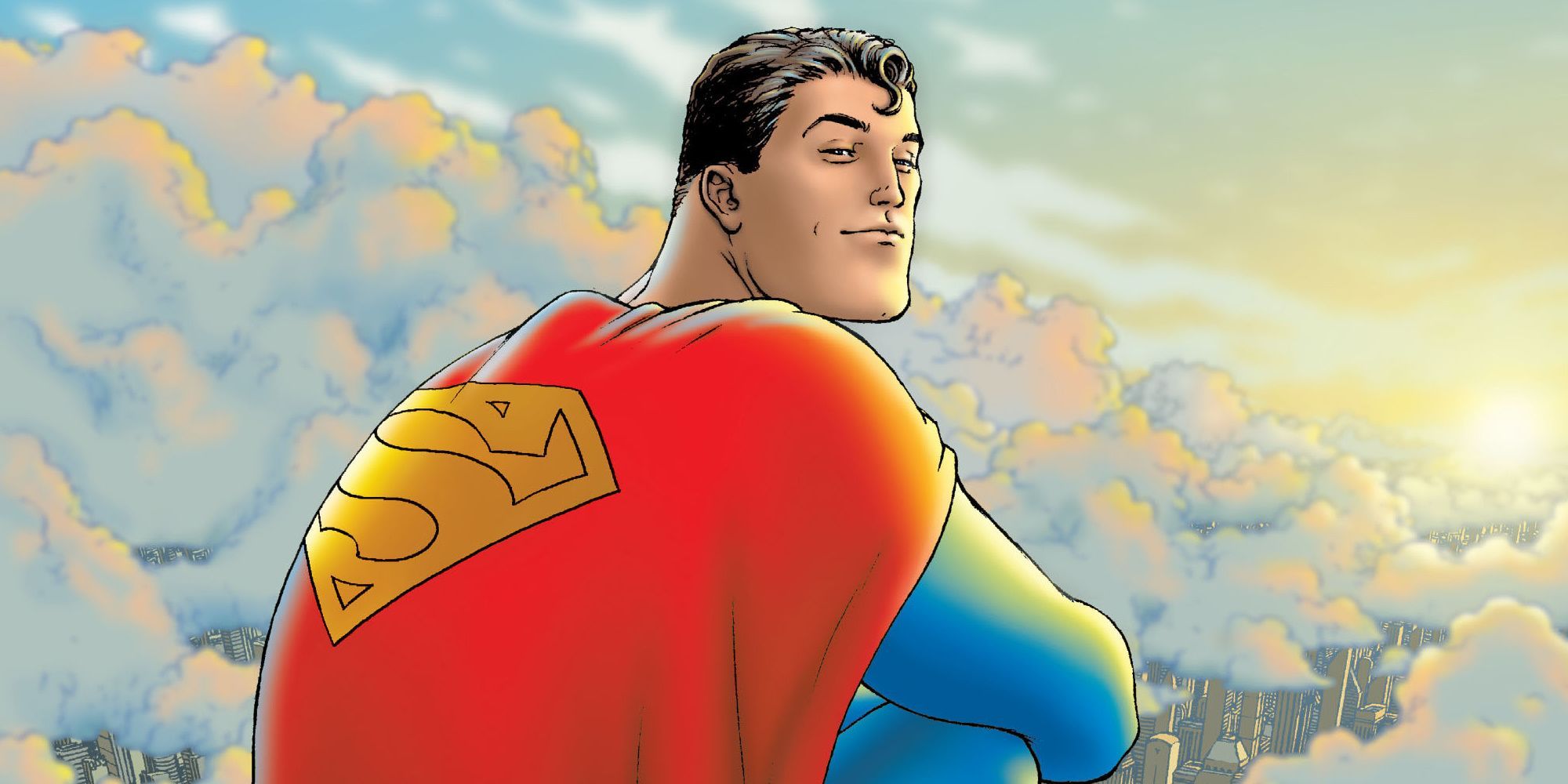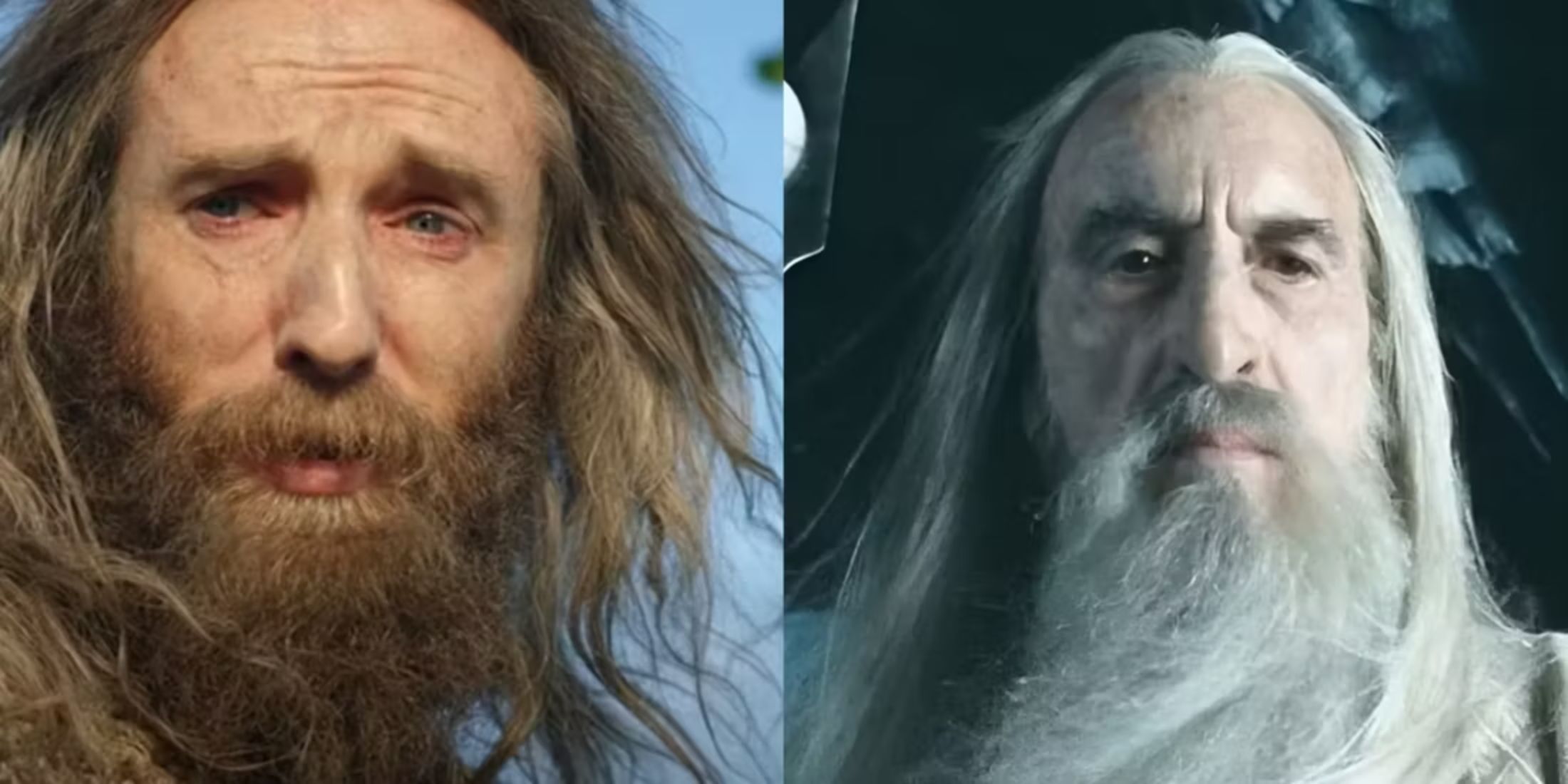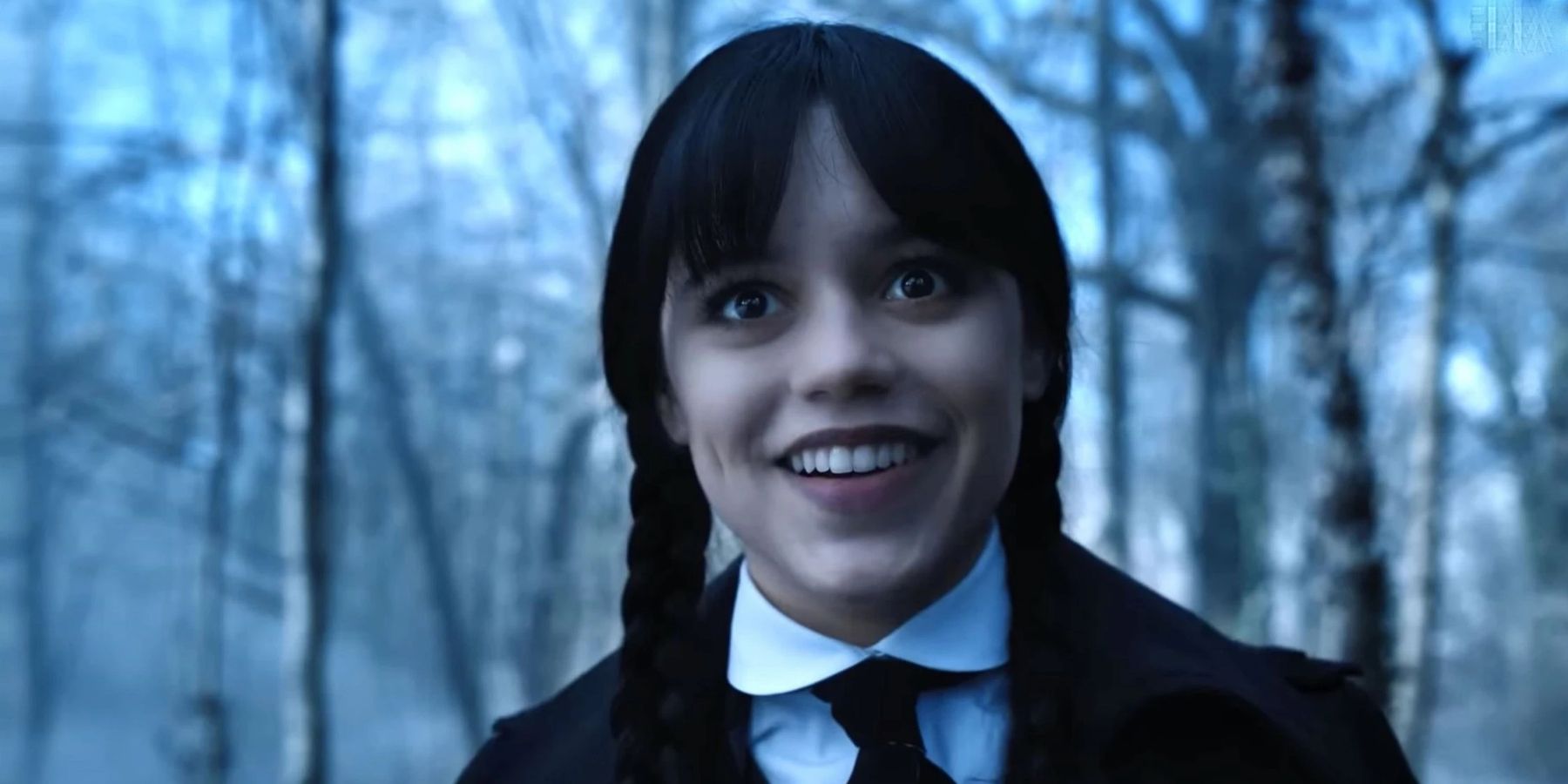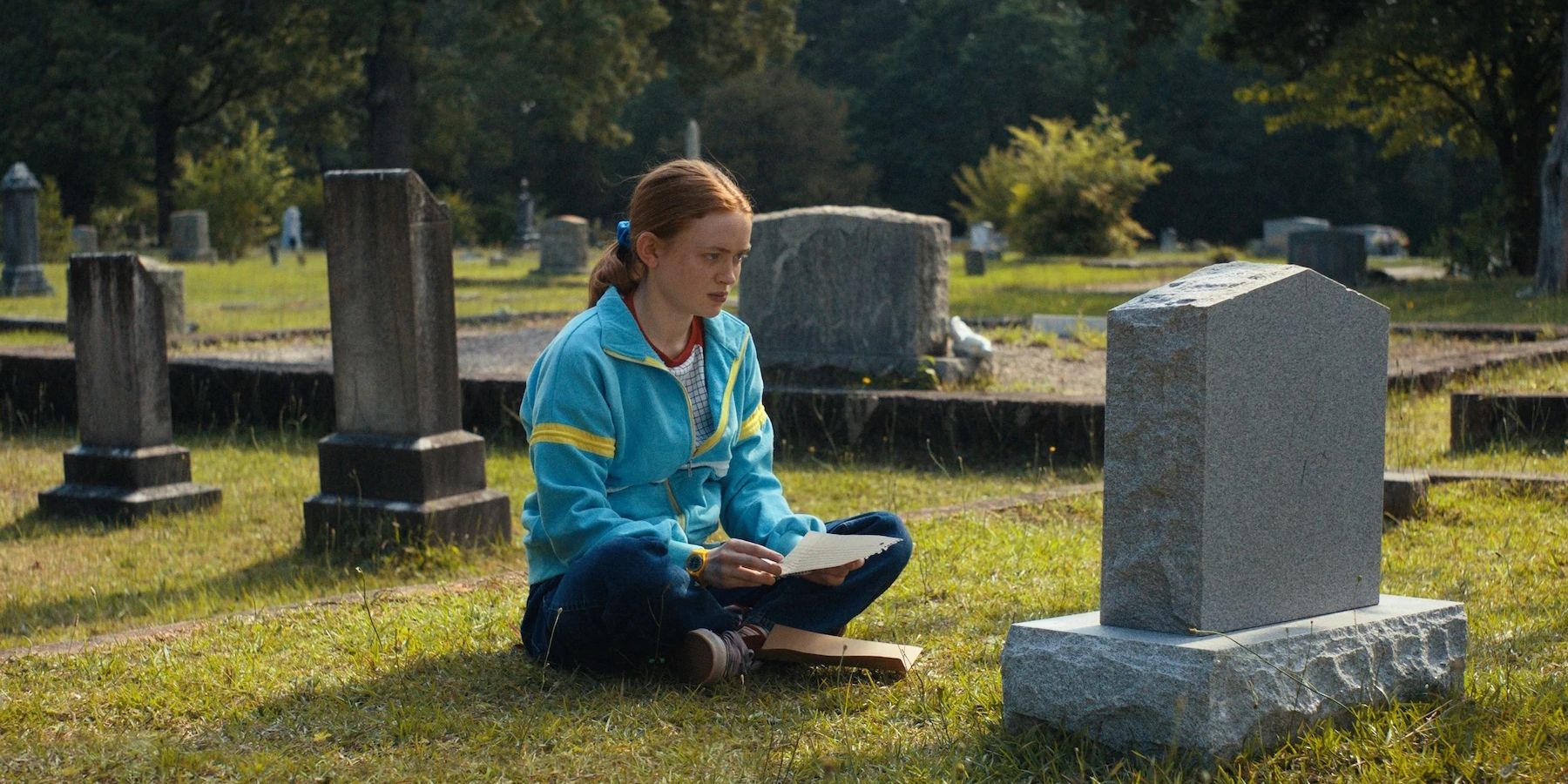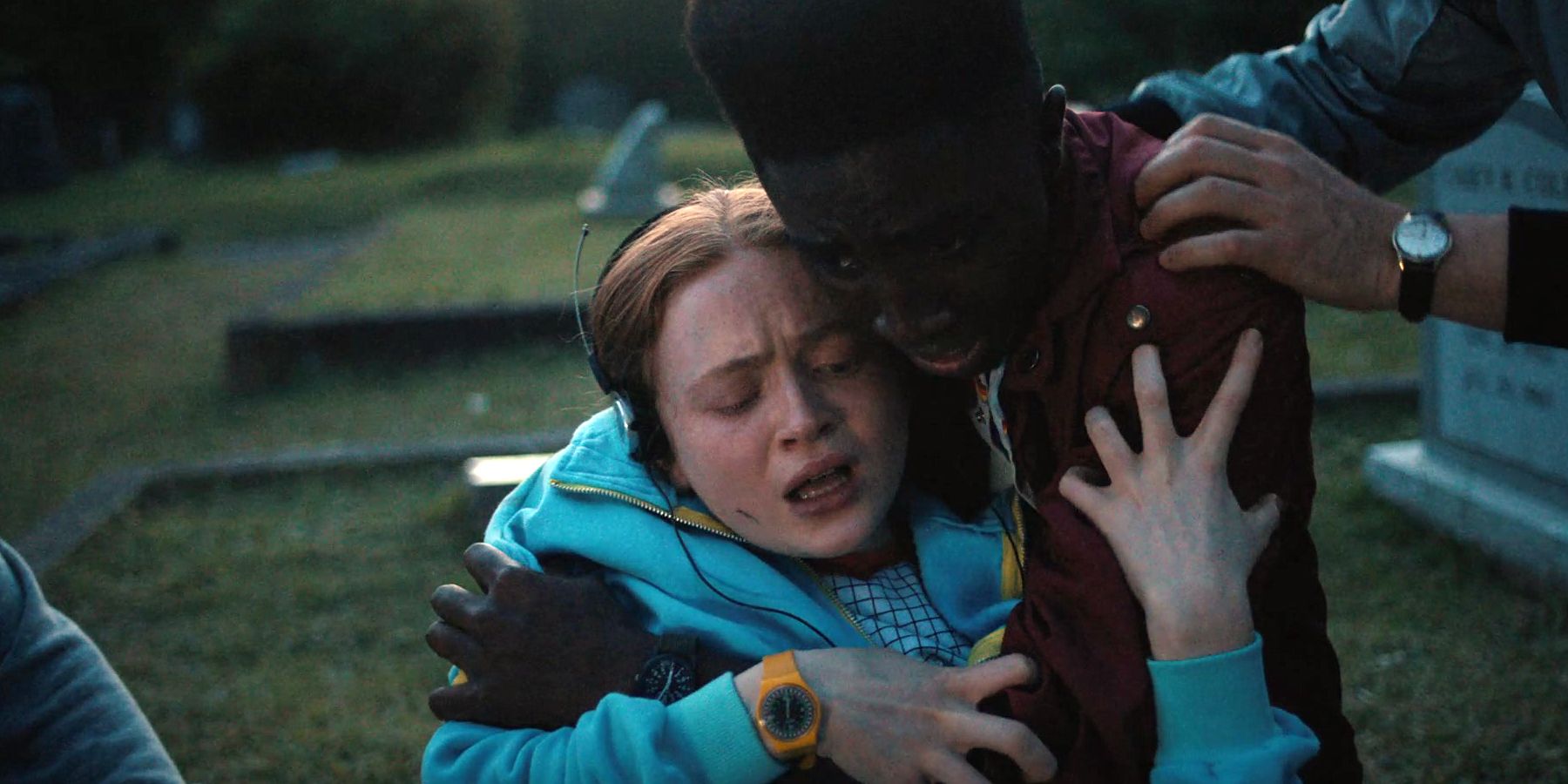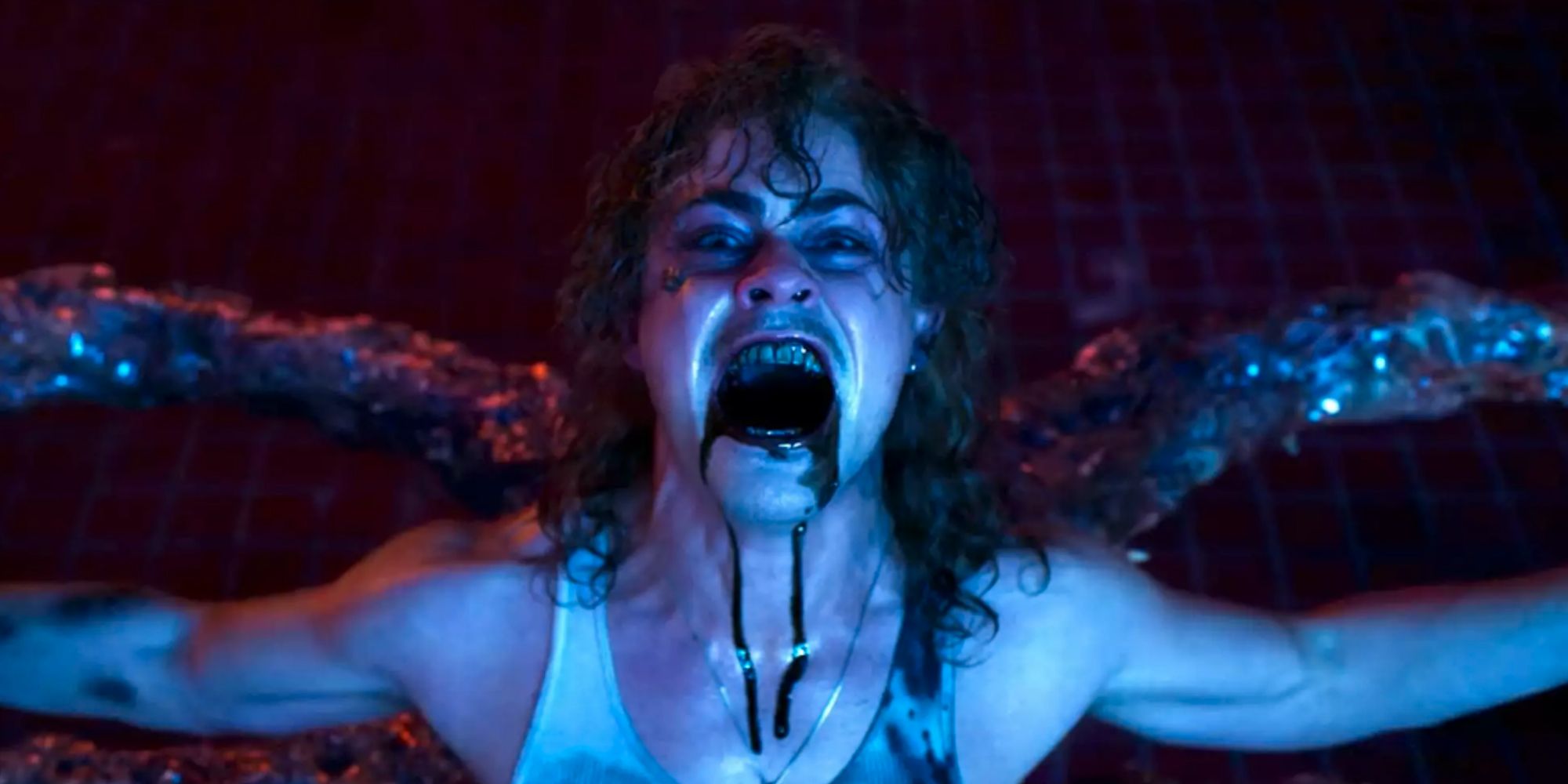There can be no doubt that Netflix’s Stranger Things is a cultural phenomenon. Hearkening back to both the stories and the conventions of youth-centric sci-fi/horror films from the seventies and eighties, the show has ridden a wave of nostalgia to massive success, launching multiple child actors (and reinvigorating the careers of some adults) and helping to establish Netflix as must-see TV. Yet the show seems unsatisfied with simply entertaining. From the start, it wanted to be something more than genre-bound popcorn fare, as the writers made clear with their rich characters and drama-heavy plotting. Unfortunately, Stranger Things has struggled most consistently with its trauma plots, failing to reproduce the emotional weight that was so critical to Season 1’s popularity…until now.
Using metaphors to process trauma has become something of a trend in the past decade. Shows like HBO’s The Flight Attendant and Netflix’s Maniac help their protagonists work through buried grief by placing them in fantastical paradigms, enlivening otherwise deeply interior psychological plots. In its first season, Stranger Things also employed this technique, weaving Hopper’s past trauma of losing his child into the twists and turns of the main plot as he investigates the Upside Down. Hopper begins in a state of abject apathy, unable to invest in the present because he is stuck in the past. As he searches for the answers to Will’s disappearance, the audience begins to see Hopper becoming unstuck — but it is only once he is in the Upside Down, confronting the (literally) otherworldly dangers of an alternate dimension, that he is able to fully unpack the grief that has haunted him.
In Season 2, Stranger Things attempted to deliver resolution to another principal character, but the result was much less effective. Eleven’s side quest to discover herself and contend with her origins offers some closure to the character, but it lacked resonance for the audience. Eleven’s trauma is considerable: she has been experimented on, robbed of a childhood, and forced to face death itself — she has a lot to unpack. Yet the writers treated her trauma as more of an inconvenience than a meaningful character arc, dealing with it hastily and separating El from the people who helped her reclaim her life in the first place. Eleven’s pain is immense, and trying to give her resolution in one episode was badly misjudged, one of many mistakes that made Stranger Things’ sophomore run a disastrous follow-up to the tremendous first season.
This weakness in Eleven’s storyline is all the more mystifying with the release of Season 4, in which the writers prove, once again, that they are capable of more. In “Dear Billy,” which is perhaps the best episode of the season, Max confronts her grief over witnessing her stepbrother Billy’s death in a way that is…frankly, rather conventional. She works through the recognizable stages of grief— there is denial, anger, guilt, and, finally, acceptance. However, the process is quite unconventional, as Vecna’s sadistic machinations propel Max through those stages, culminating in the catharsis of her literally “Running Up That Hill” — running away from guilt and grief, toward her friends, and life, and a future.
This climax is Stranger Things doing what it does best. It ties Nancy and Robin’s investigation in with Max’s journey, stitching together the multiple plots together beautifully. Moreover, it reveals an aspect of Vecna that links thematically to the core of the show: many of these characters have unprocessed trauma, and Vecna feeds on and exploits that trauma. This is an exciting setup for the final season, as the supernatural plot is now explicitly intertwined with the resolution that audiences expect characters to eventually achieve. Max is the instantiating case, and serves the proof that what people carry in their own minds will be the key to their success at defeating the Mind-Flayer. Victor Creel, on the other hand, is presented in parallel because he is a foil to Max. He was not able to rid himself of his guilt, and his failure begot the defining evil of the show.
Although the climax of the episode is brilliant and evocative, the highwater mark of Max’s journey might be the episode’s quietest moment. Max shows incredible maturity in the way she handles Vecna’s escalating overtures, writing her farewell letters to her friends and family, preparing herself for the eventuality of her death. Yet she takes that maturity one step further when she sits in front of Billy’s grave and reads the letter she wrote for him aloud. This is a known technique for grief therapy, and actress Sadie Sink nails the conflicting emotions of admitting her loss and acknowledging her pain. This moment does more than provide closure — it prepares her for what comes next. Max has the strength to defy Vecna because she has confessed her residual guilt, processed it, and let it go.
“Dear Billy” bodes well for the future of Stranger Things, but the show has lost a lot of ground in intervening seasons. With only one season left, there may not be enough time to deliver a similarly satisfying resolution for Eleven, whose trauma is significant and layered (and, as of Season 4, still developing). Removing the burden of responsibility — for opening the door, for some of her many murders — from Eleven’s shoulders does not reduce the degree to which she has been traumatized by the course of her life. If anything, the revelations of Season 4 actually add complications to her prospects for healing. Yet healing is possible, and the writers have proven that they understand this aspect of their show. Audiences can only hope that Stranger Things will continue to deliver.

